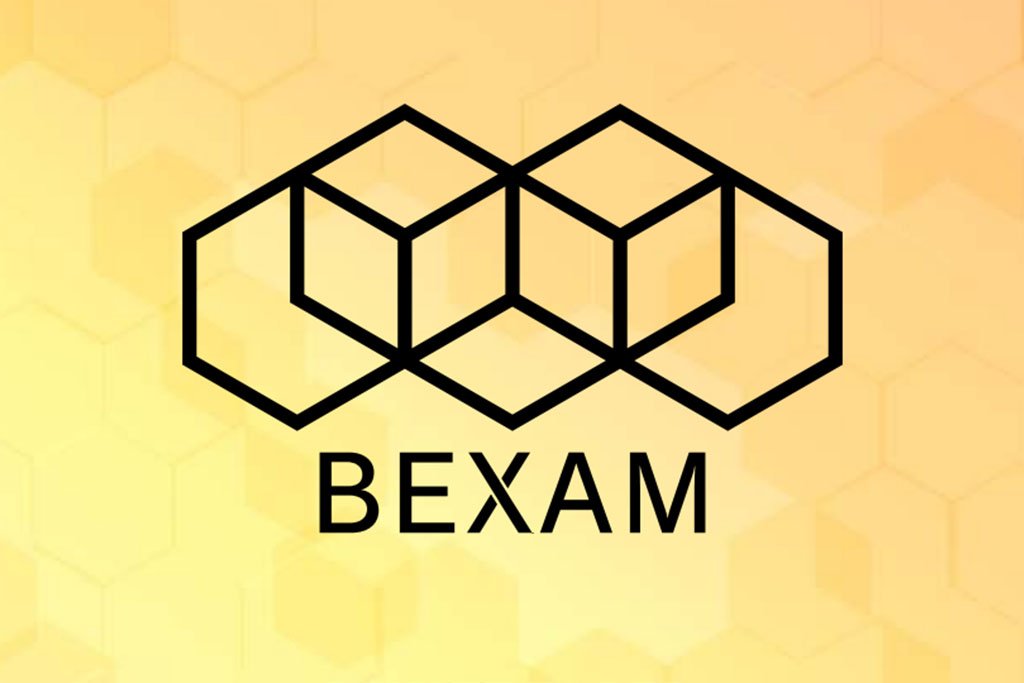Hybrid exchange launches its own blockchain and PoR consensus algorithm to speed up transactions, increase scalability and ensure multi-layer user protection.
Cryptocurrencies, blockchains and decentralized exchanges (DEXs) were developed as open-source, community-oriented initiatives where the power is in the hands of its participants, rather than in the hands of a central authority. On the other hand, centralized exchanges (CEXs) – Binance, Coinbase, Kraken – are run by profit-making companies that make revenue from their specified fee structure.
Given that there are pros and cons to both CEXs and DEXs, the BEXAM business model approaches the main issues from a different perspective. The project aims to develop a unique platform based on a hybrid model that uses the proof-of-rounds (PoR) consensus algorithm, which increases transactional processing speed while ensuring security and protection of users’ assets.
New Consensus Algorithm Enters the World of Blockchain
By combining blockchain technology with time-tested concepts from centralized systems, BEXAM is looking to solve current issues happening with existing crypto exchanges – namely lack of scalability, slow transactions, inefficiency, and more. The PoR algorithm powering BEXAM follows the “kaizen” concept, which implies adding constant improvements to the system one step at the time. The end result is a circular network of Super Nodes, Master Nodes, and Normal Nodes connected in a well-defined hierarchy.
In general, block approval is performed by a single node that calculates hash value based on a set of conditions set in place by the consensus algorithm. With PoR, the “order” between approving nodes is intentionally fixed to improve processing speed. This way users can trade cryptocurrency fast and securely thanks to the PoR consensus algorithm that facilitates transactions irrespective of time and place.
The Bitcoin blockchain, for example, can handle 7 transactions per second, whereas Ethereum handles 20. Visa can accommodate up to 56,000 transactions per second. The BEXAM exchange was tested for performance, and thanks to the PoR consensus algorithm, the team behind the project claims it can process up to 40 million transactions per second, depending on the number of active users within the network and Master Node count. The innovative part of the exchange is that at full capacity, a single Master Node within BEXAM processes 20,000 transactions per second.
The BEXAM exchange is a hybrid that combines benefits from centralized and decentralized systems, such as reliability through the implementation of node services in different parts of the world to strengthen security. Furthermore, in the initial stages the Master Nodes are set in place on a central server; they can only be built by employing an authorized program to ensure improved security and prevent data tampering.
BXA – the Native Utility Token of the BEXAM Exchange
The BEXAM exchange features a proprietary utility token with multiple purposes. It can be used on the platform to pay for transactional fees when performing a trade, with a 50 percent applied discount when the fee is paid in BXA tokens. Another use for the token is to give users the right to vote for the implementation of a new cryptocurrency on the BEXAM exchange. Based on a system of Master Nodes and Super Nodes, users can have Master Node ownership by freezing a specified amount of BXA tokens; therefore they can earn extra tokens when their owned node gets involved in a transaction.
In the pre-initial coin offering (ICO) stage of BEXAM, which is scheduled to start at the end of October, users will have 150 million BXA tokens available for purchase. In the public ICO, which will begin in November, 50 million BXA tokens will be made available.
